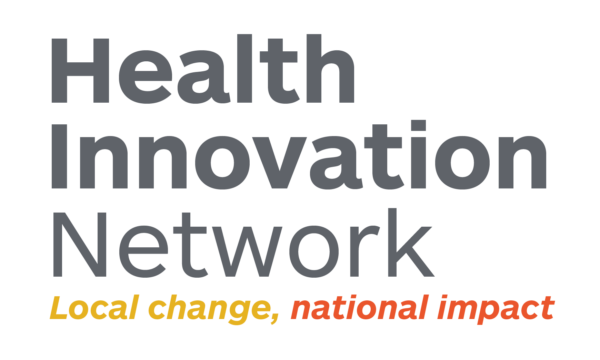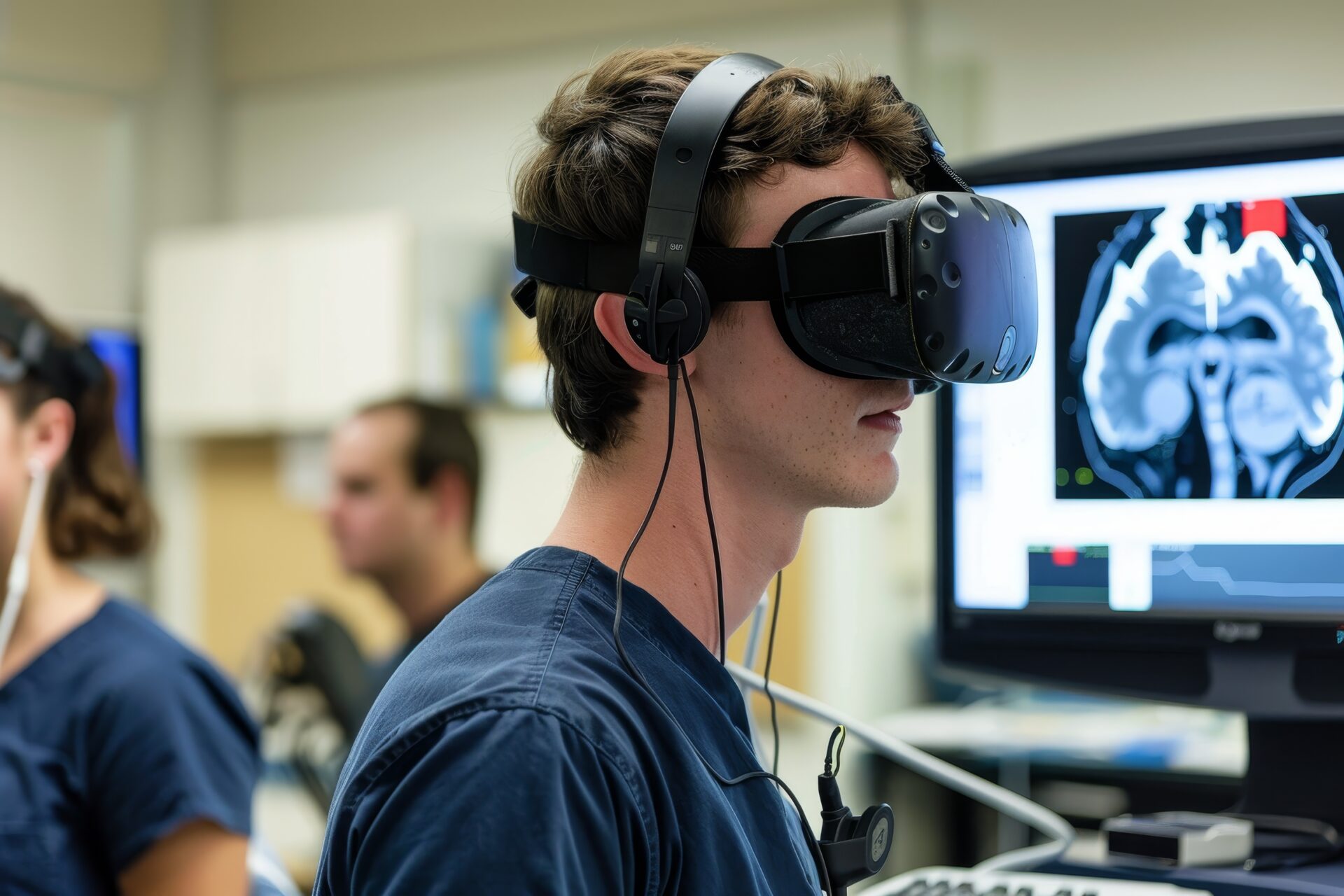Professor Bee Wee CBE is the National Clinical Director for End of Life Care at NHS England and NHS Improvement. She is Consultant in Palliative Medicine at Sobell House and Katharine House Hospice, Oxford University Hospitals NHS Foundation Trust and Associate Professor at University of Oxford, where she is also a Fellow of Harris Manchester College.
“How people die remains in the memory of those who live on” – Dame Cecily Saunders
This well-known quote by Dame Cecily Saunders, the founder of the modern hospice movement, refers to the families, friends and carers of the person who has died. But it is clearly illustrated in the report by the AHSN Network and Health Education England (HEE), Learning from staff reflections: supporting people at end of life: the personal and professional impact of caring for dying people and interacting with them, and those close to them, are obvious.
The report identifies four themes, leading to four recommendations on:
- Improving communication between families, staff, clinical setting and external agencies.
- Learning and communication across systems.
- Supporting a learning culture.
- Promoting staff wellbeing.
Communication – and its quality – is fundamental to patient safety. At its core, finding out what matters most to the person, what bothers them, what questions they have – and that includes the questions and concerns of those close to them. Knowing this enables high-quality conversations around:
- Shared decision making – about interventions and non-interventions.
- Practical explanations about the use of medication and self-care strategies.
- Unwelcome news about inability to cure and fully restore to health, about death and dying.
- Planning for a future in which the person’s condition is expected to deteriorate and capacity to engage in decision making may be lost.
Over a decade ago, the King’s Fund published a Point of Care review paper called Seeing the person in the patient. So why are we still talking about this? It is not yet a universal experience that can be taken for granted.
The recommendations from this AHSN/HEE report shed further light on some actions that could help. Communication is a process between two or more human beings. It is not a one-off ‘deliverable’ to be counted or ticked off a list. Psychological safety to enable honest conversations must be something all parties experience.
Patients and those important to them need to feel heard and supported during these conversations; staff need to feel competent, confident and supported by their line managers, peers and organisation. This is especially true when it comes to talking about death and dying. For a start, learning to use terms like ‘sick enough to die’ introduces the idea that the person might die; avoiding euphemisms such as ‘end of life’ or ‘passed on’ but using words like ‘dying’ or ‘died’ instead, prevents misunderstandings.
Taking out some of the fear and anxiety about these conversations is about reminding staff that kindness, compassion and honesty are the key ingredients when they talk to patients and those important to them; everything else builds on that. Indeed the same is true for interactions between colleagues, and between employers and staff. Hence the importance of a positive culture and valuing staff wellbeing. Unless staff feel valued, resilient and supported, they cannot possibly deliver consistent high-quality care. Compassionate and inclusive leadership is critical at all levels and in every area of health and social care.
Looking after people who are dying can be draining and tough but also incredibly rewarding. Most of us want to ‘make a difference’ in our everyday work and life. This is one area of healthcare where every one of us really can make a difference – frequently and in myriad ways – in what we do or say, and how we go about that.
The pandemic has highlighted the need to pay care and attention to those who are dying, those who are close to them, those affected by their deaths and, what is often forgotten, staff involved in their care. We must welcome those lessons, not seek to minimise them. As we move towards integrated systems working, we have a great opportunity to learn together more coherently across systems, following the way patient journeys take them across different parts of our health and care system. We must learn from them and not let them down.
Read the report Learning from staff reflections: supporting people at end of life.

Richard Stubbs, Chair of the Health Innovation Network, and Chief Executive of Health Innovation Yorkshire and Humber, explores the pivotal role that innovation plays in supporting the Government's ambition to transform the NHS, and why a focus on the implementation of innovation is key. The Government's mandate to NHS England, published on 30 January 2025, [...]

As we celebrate International Day of Women and Girls in Science, Dr MaryAnn Ferreux, Chief Medical Officer at Health Innovation Kent Surrey Sussex, explores how we can advance women's leadership in healthcare. In recent years, the impact of women leaders in health care has gained global recognition. According to the article "Women Leaders in Health [...]

Earlier this month, Sir Keir Starmer outlined his vision for transforming the NHS, stating “we need an NHS hungry for innovation”. As a part of the Health Innovation Network, I welcome the new Government’s focus on transformation, having seen first-hand the huge productivity and patient benefit gains of many innovations associated with the three shifts: [...]








